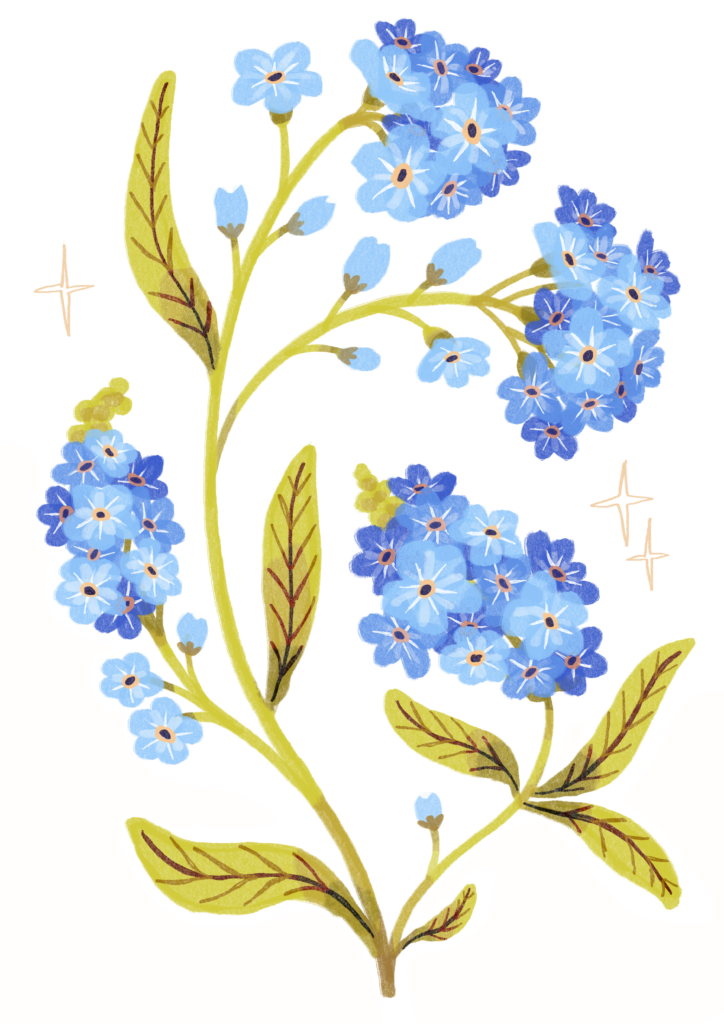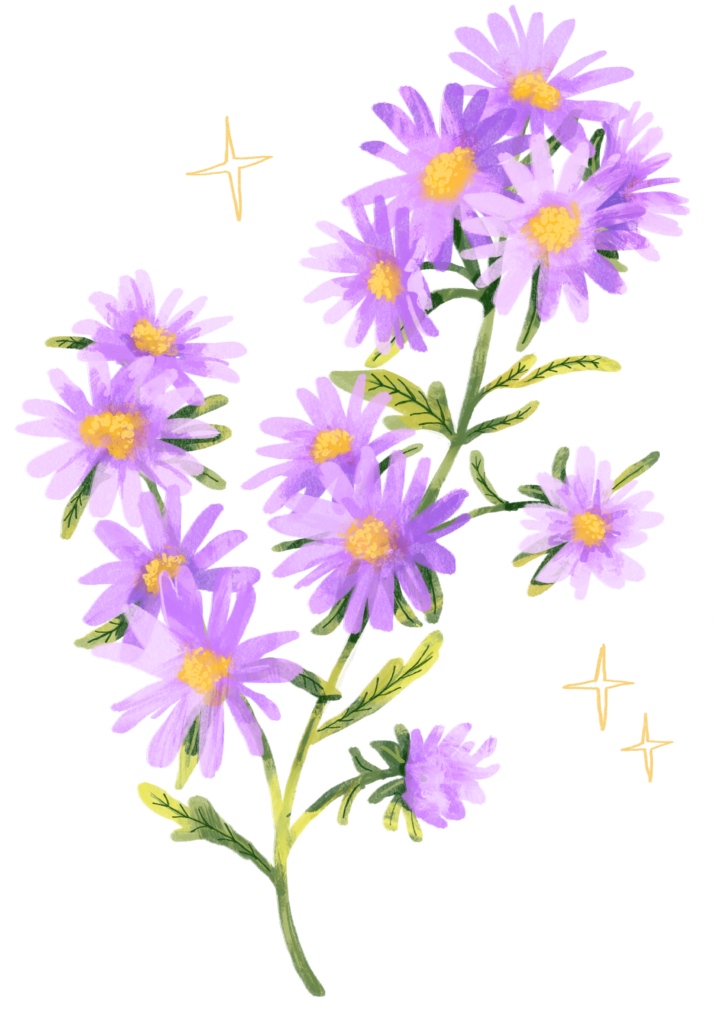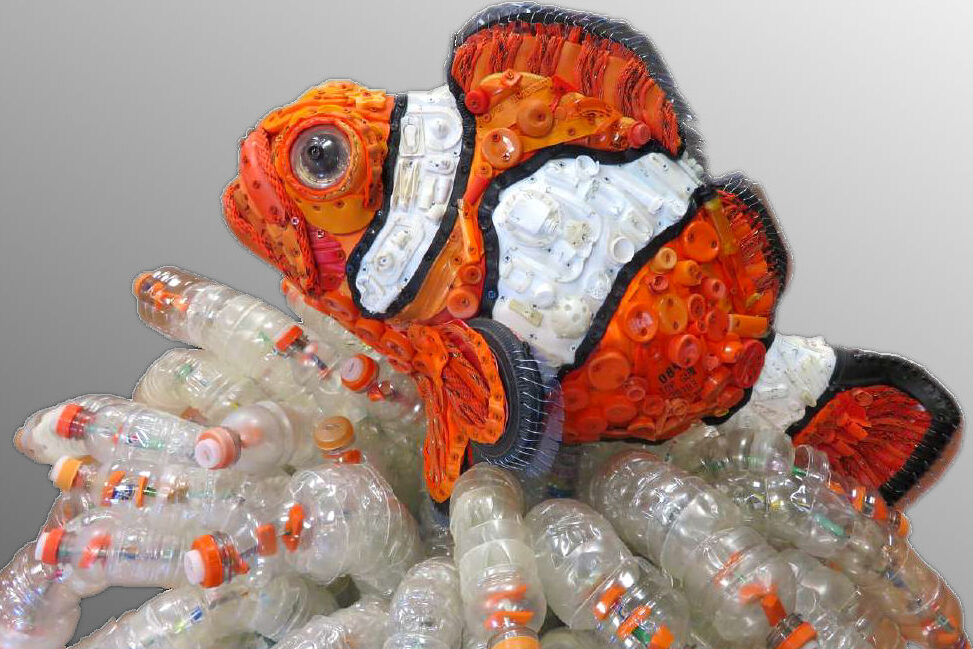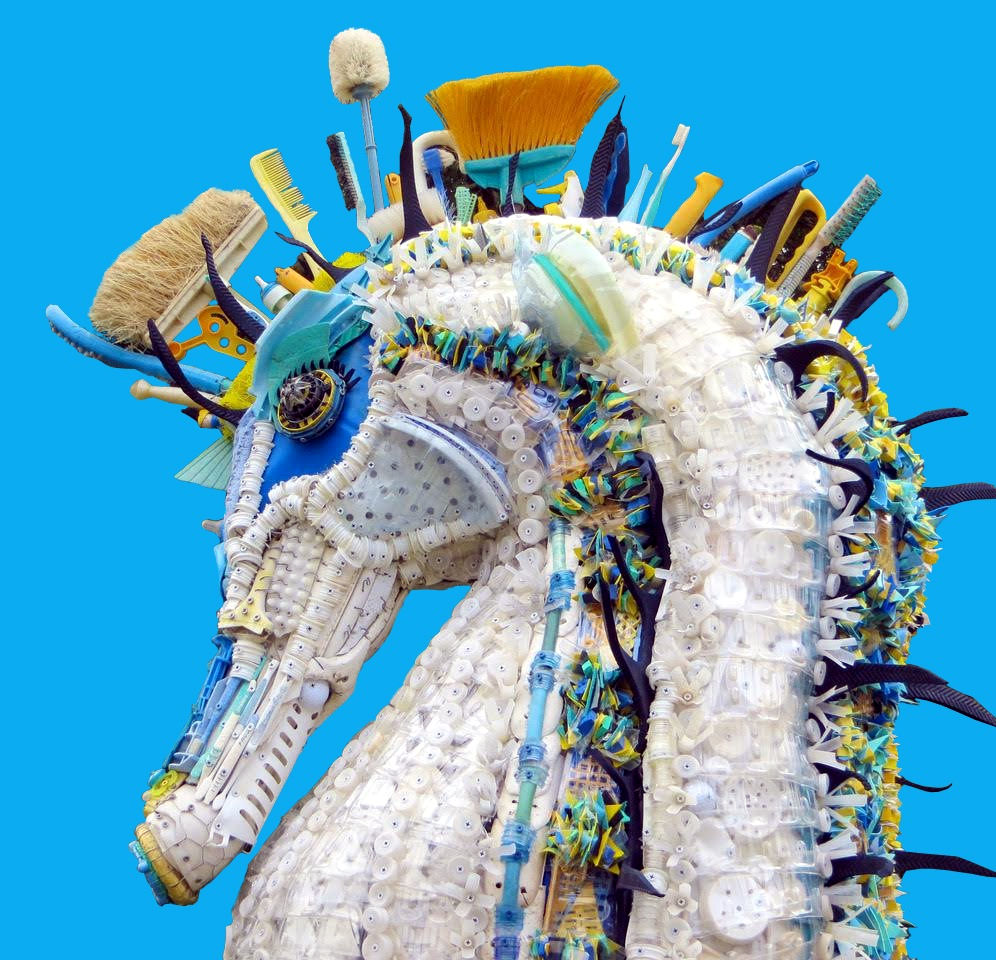This week, I read the main text for theme 1: Environmental Histories of Design by Kjetil Fallan and Finn Arne Jorgensen. The article’s main goal is to combine both design (how/why things are made) & environmental (how humans affect it) history into one research approach – understanding the environmental impact of design requires insights from bothsubjects. Furthermore, the article explores the reciprocal relationship between design practices and environmental change—how design affects the environment & how environmental changes influence design decisions.

Both Fallan & Jorgensen believe that understanding the impact that design has on the environment is crucial for tackling climate change/pollution issues so both designers & humanity as a whole know the steps to make to solve these problems in the future. The text helped deepen my understanding of the intricate relationship between design and environmental history, as well as how profoundly designers influence the natural world – mainly negatively – even as society idealizes the beauty & ideology of “nature” while simultaneously contributing to its degradation.
(Pictured right) Sketch of a plastic flamingo (2024), Natalie Foster. – In regards to Jennifer Price’s study about the life cycle of a pink plastic flamingo in the 60s.
An illustrative example of this tension is William Rollins’ analysis of the SUV, which highlights the irony of marketing a highly environmentally damaging vehicle as a means of exploring nature’s beauty. This contrast underscores how people tend to romanticize nature while failing to recognize the environmental consequences of the products and designs they engage with.

Ad for Ford Explorer (2023), Ford UK.

Model Image for new 2025 Ford Explorer (2024), Ford US.
Thursday’s lecture featured Arturo Escabar’s “Design for the Pluriverse” (2018). It stood out to me as it explores the idea of redesigning the world by challenging modernist practices – it advocates the idea that design is a vital role for creating a comfortable, livable world. Design shapes our view & understanding of the world, this is a big part of our lives, therefore sustainability is very important in creating a harmony between humanity & the world around us.
Tony Fry’s Design Futuring further reinforces this idea, notably through the statement: “…one can say: destruction & creation are indivisibly implicated in each other – the one always coexisting with the other. What is created or what is destroyed can be comprehended as negation or affirmation.” This implies the world is ongoing, constantly changing with the destruction & creation of many objects in our environment so nothing is ever static. I find this view refreshing & necessary, as it encourages us to see the world as continually repairing, reinventing, & evolving – offering a more positive outlook for humanity. I can see this perspective as there are always roadworks happening around me, or new buildings being built, or all types of advancements within my urban environment. This cyclical process creates an environment for designers to draw inspiration from & innovate toward a more sustainable future.
Reflecting on my own educational experience, I realize how significantly it has shaped my perspective on environmental design. Sustainable practices have been emphasized throughout my education, from primary school onward. Seeing the effects of bad sustainable practices both first-hand & second-hand gave me a great understanding of the wider world & how much responsibility we truly have.
___
Fry, T. (2018). DESIGN FUTURING : sustainability, ethics and new practice. Berg.
Kjetil Fallan and Finn Arne Jørgensen (2017). Special Issue: Environmental Histories of Design.
Ford UK. (2023). Relive Aloha’s trip in the New All-Electric Explorer | Ford UK. [online] Available at: https://www.youtube.com/watch?v=6vJlfinqikY.
Ford Motor Company. (2017). 2020 Ford® Explorer SUV | New and Improved Best-Selling SUV | Ford.com. [online] Available at: https://www.ford.com/suvs/explorer/.




 For next week, we are asked to bring along a product or an image of a
For next week, we are asked to bring along a product or an image of a  good piece of environmental design. I researched “Washed Ashore”, a US based non-profit organisation that produce large ocean life sculptures using the entirety of washed up debris on west coast beaches. This contrast of brightly coloured, positive sculptures made of garbage & debris is very interesting & their work has made a big statement on the state of oceans in recent years. Their work has been toured across the US, appearing in Sea World Parks, San Fransisco Zoo & many more.
good piece of environmental design. I researched “Washed Ashore”, a US based non-profit organisation that produce large ocean life sculptures using the entirety of washed up debris on west coast beaches. This contrast of brightly coloured, positive sculptures made of garbage & debris is very interesting & their work has made a big statement on the state of oceans in recent years. Their work has been toured across the US, appearing in Sea World Parks, San Fransisco Zoo & many more.